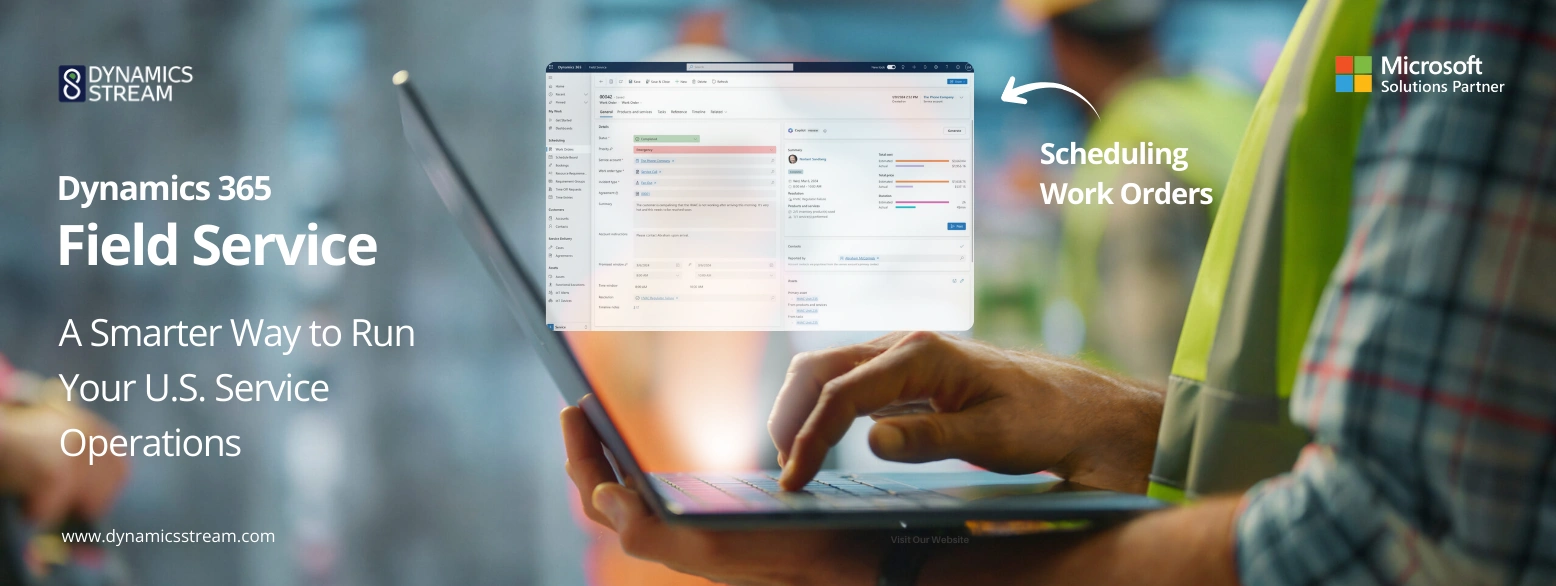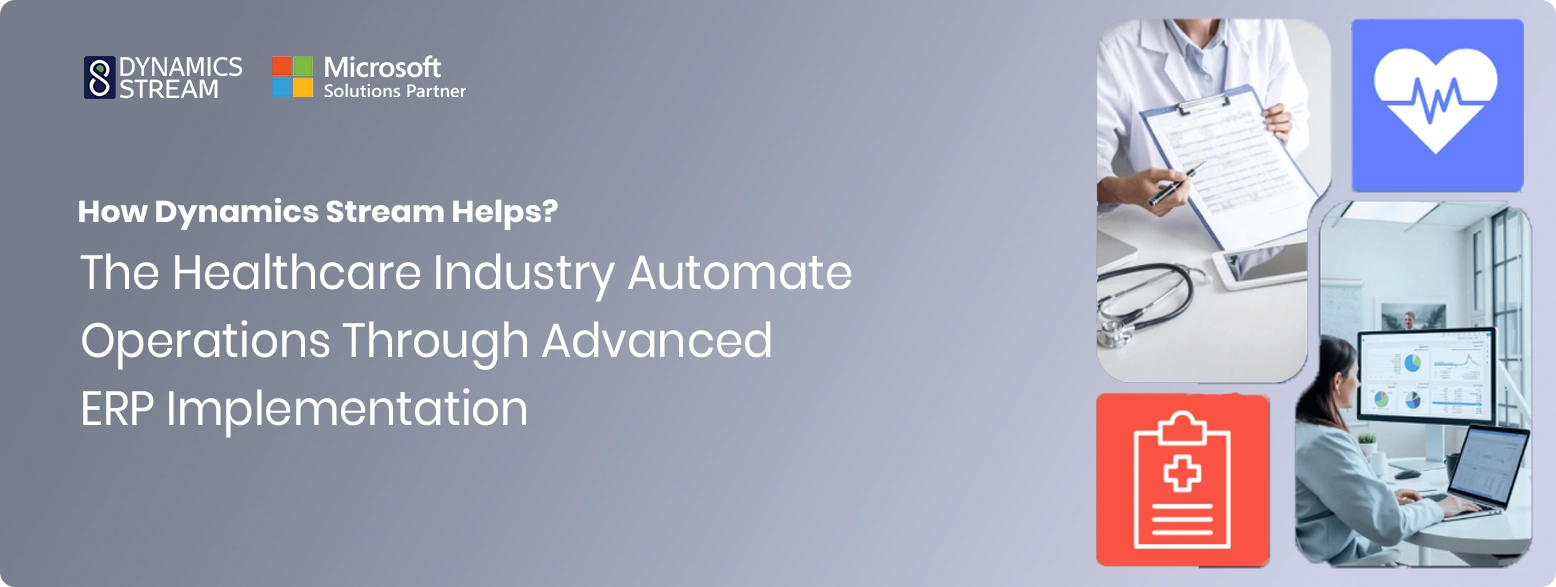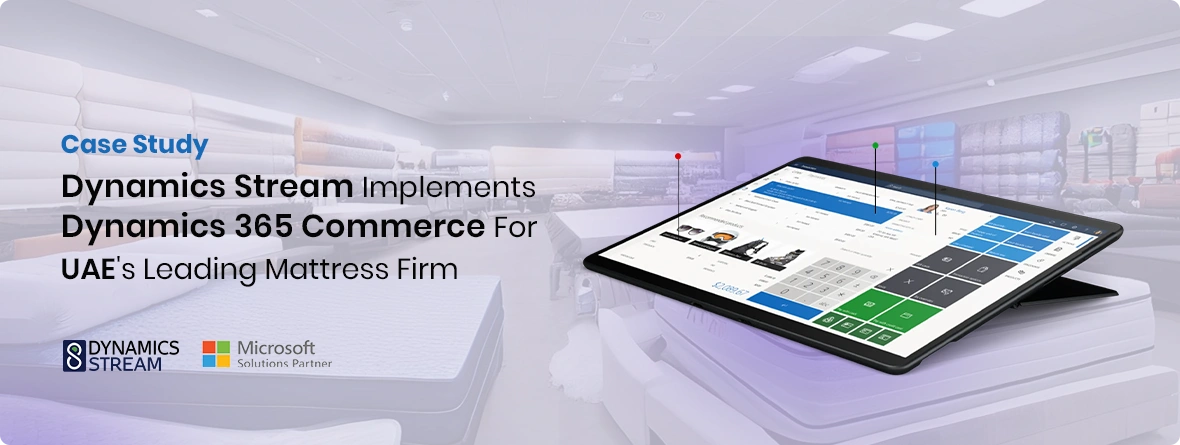- Blogs
- Case Studies
- White Papers
Upgrade Your Finance Stack Today: Deploy an All-in-One ERP Built for Faster Month-End Close

For many finance leaders, month-end close feels like a never-ending race against time. Teams manually chase spreadsheets, cross-check numbers between disconnected systems, and troubleshoot errors that appear at the worst possible moment. If your accounting, reporting, and operations data still live in silos, month-end close will always be slow, inconsistent, and costly.
Today’s finance teams need more than incremental fixes. They need a system that consolidates financial data, automates high-volume workflows, and guarantees real-time accuracy. That’s where deploying an all-in-one ERP—built with modern accounting principles, deep automation, and centralized reporting—creates immediate transformation.
If you’re ready to upgrade your finance stack, here’s how an all-in-one ERP helps you cut reconciliation time, speed up reporting, and completely rewrite your month-end close.
Why Your Current Finance Stack Is Slowing You Down
Most finance teams rely on a combination of outdated accounting tools, Excel workarounds, and disconnected point solutions. While this approach may have worked when your business was smaller, it becomes painfully inefficient as transaction volume increases.
Here’s where your stack is quietly costing you:
1. Disconnected systems create reconciliation chaos
When data lives across accounting tools, billing platforms, banks, CRMs, and project systems, reconciliation becomes a manual firefight. Duplicate entries, timing misalignments, and missing transactions become routine.
2. Manual workflows increase the risk of human error
Excel-based processes feel quick, but errors multiply fast—leading to inaccurate reporting, audit complications, and unnecessary rework.
3. Approvals and financial controls slow everything down
If your AP, AR, budgeting, and journal entries rely on email-based approvals, finance teams end up waiting, chasing, and following up—every single period.
4. Month-end close becomes a bottleneck
Without real-time financial visibility, teams scramble at the end of the month to pull reports, validate data, and finalize numbers—often working late nights.
You don’t have to operate this way. Modernizing your accounting system through a unified ERP gives you complete financial clarity and automation from day one.
How an All-in-One ERP Rewrites Your Month-End Close
Deploying an integrated ERP does more than replace your accounting tool—it fundamentally redefines how your entire finance function works. By consolidating your data and processes into one intelligent platform, your team gains unprecedented speed and accuracy.
Here’s how:
1. Centralized financial data eliminates reconciliation delays
A unified ERP consolidates general ledger, AP, AR, fixed assets, budgeting, and project accounting into a single source of truth. Instead of reconciling data across systems, you simply validate what’s already connected.
2. Automated workflows reduce manual work by up to 60%
Workflows for purchase orders, approvals, journal posting, invoice creation, and revenue recognition happen automatically. This significantly reduces manual entries and decreases the likelihood of errors.
3. Real-time reporting makes close activities proactive—not reactive
Financial dashboards, automated schedules, and integrated analytics give your team month-to-date visibility at all times. Instead of waiting for month-end, you continuously track financial performance.
4. Built-in compliance and audit trails strengthen financial controls
Role-based security, approval pathways, and automated audit logs make compliance effortless. Auditors receive complete visibility without requesting endless documents.
5. Integration with operations improves accuracy across the business
ERPs link finance with operations—inventory, production, HR, sales, purchasing, and service. This ensures your numbers reflect actual business activity without manual intervention.
This is the power of a modern accounting system designed to scale with your business and eliminate the heavy load from your finance team.
The ROI of Upgrading to a Unified ERP
Implementing a unified ERP is one of the highest-ROI moves a modern business can make. Companies that deploy a fully integrated ERP commonly experience:
-
40–70% faster month-end close thanks to automation
-
20–30% reduction in finance operational costs
-
Near-elimination of manual reconciliation tasks
-
Dramatically improved reporting accuracy
-
Instant visibility across all business units
Finance leaders no longer waste time piecing together numbers—they spend time analyzing them.
A Step-by-Step Path to ERP Implementation Success
Many organizations hesitate to migrate due to fear of complexity. But with structured planning and professional ERP implementation services, deployment can be smooth, predictable, and efficient.
Here’s the typical transformation approach:
1. Assessment & System Design
We evaluate your current finance stack, processes, and reporting workflows to define the ideal ERP architecture.
2. Data Migration & Cleanup
Historical data is extracted, cleaned, and mapped into your new ERP—ensuring full continuity without clutter.
3. Configuration & Automation Setup
We configure modules (GL, AP, AR, Cash, Projects, Inventory, Fixed Assets) and build automations that replicate and enhance your operations.
4. User Training & UAT
Your team receives structured training, hands-on practice, and onboarding support. This ensures company-wide adoption and confidence.
5. Go-Live & Hypercare
We support your team through launch and the first full month-end close to guarantee smooth performance.
With the right partner, upgrading your system becomes one of the fastest and most impactful transformations you can make.
Ready to Migrate to a Unified ERP? Start Today.
If your month-end close is draining time, accuracy, and energy, now is the perfect moment to modernize. Deploying an all-in-one ERP gives your team:
-
Centralized financial data
-
Automated workflows
-
Real-time reporting
-
Faster approvals
-
Stronger compliance
-
A dramatically faster month-end close
You’re not just improving your accounting system—you’re future-proofing your entire finance operation.
Upgrade your finance stack today.
Let us help you deploy, train, and support your team every step of the way.
Share with




Give us your details.
We’ll get in touch.
Rabik Raja
Director Sales and Account Management
Mahmoud Mohamed
Dynamics 365 Sales Specialist
Our Readings









